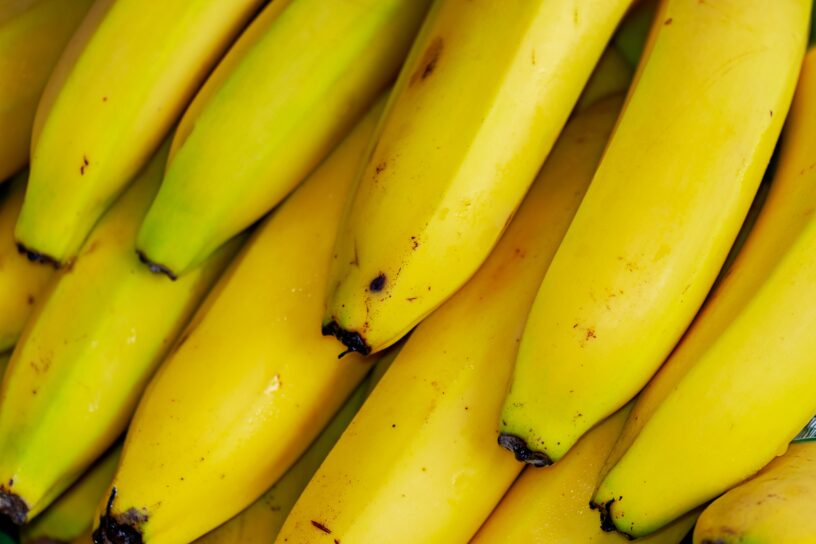The nationally loved fruit, the banana is in danger due to a deadly disease that is spreading rapidly among banana plants. A sudden increase in the spread of Tropical Race 4 or TR4 has caused widespread concern among banana farmers and plantation owners around the world. This disease has put the entire banana industry at risk of becoming completely dissolved if a solution is not found soon.
What is Tropical Race Disease and Where Did It Come from?
This highly deadly disease type is said to have been first detected in Latin America. This was when the banana strain, Gros Michel or “Big Mike,” was being grown. This banana type had nearly disappeared due to the sudden spread of Tropical Race 1 or TR1. It was the initial disease strain that spread through soil and infected banana plants, eventually killing them. The solution at the time was to replace Gros Michel banana plants with Cavendish banana plants. This switch was because Cavendish plants were found to be immune to Tropical Race 1.
The first traces of Tropical Race 4, the successor to the deadly TR1 fungal strain, were detected in Taiwan around the year 1990. By the time it was discovered, scientists realized that it had already spread to regions around the world in Southeast Asia, the Middle East, Southern Africa, and Australia. These fungal diseases are classified as a wilting disease, which means that it directly affects the vascular system of plants and can cause infected plants to die at a significantly more rapid pace. TR4 is caused by the strain of fungus, Fusarium Oxysporu. It can survive in infected soil for several decades. The reason this disease can spread rapidly is because if plants, vehicles, farming equipment, or even clothes carrying traces of this fungus come in contact with other plants, they can also become infected.
The Current TR4 Outbreak
The current outbreak of Tropical Race 4, which was detected in 2019 has been said to have begun in the South American countries of Venezuela, Peru, and Columbia. These regions are some of the world’s largest growers and exporters of bananas and these plantations contribute to an industry worth over $25 billion. Due to the industry’s high value, export rules are not as strict. The popularity of bananas around the world and the ever-growing demand for them also contribute to the lack of regulation being enforced when it comes to growing and exporting them. This in turn has resulted in the disease becoming even more prevalent and detected in more regions around the world. Although not as harmful to humans, other plant types, or animals, TR4 has the power to eventually wipe out the banana industry if more precautions are not taken.
What Does the Future Look Like for Bananas?
With TR4 showing no signs of stopping its impact on the banana industry, scientists are desperately trying to find solutions to this problem; especially when there is currently no available cure for Tropical Race 4. Scientists are currently relying on modern genetic engineering technology to develop a banana variety that is resistant to this fungus. The development of genetically modified food items has always been controversial, and this poses a great challenge when it comes time to launch food items into the market. Although they are yet to have successfully developed a TR4 resistant banana strain, our only hope is that someday there is a safe solution available to prevent this deadly disease from ravaging the industry and permanently wiping out bananas.





Leave a Reply